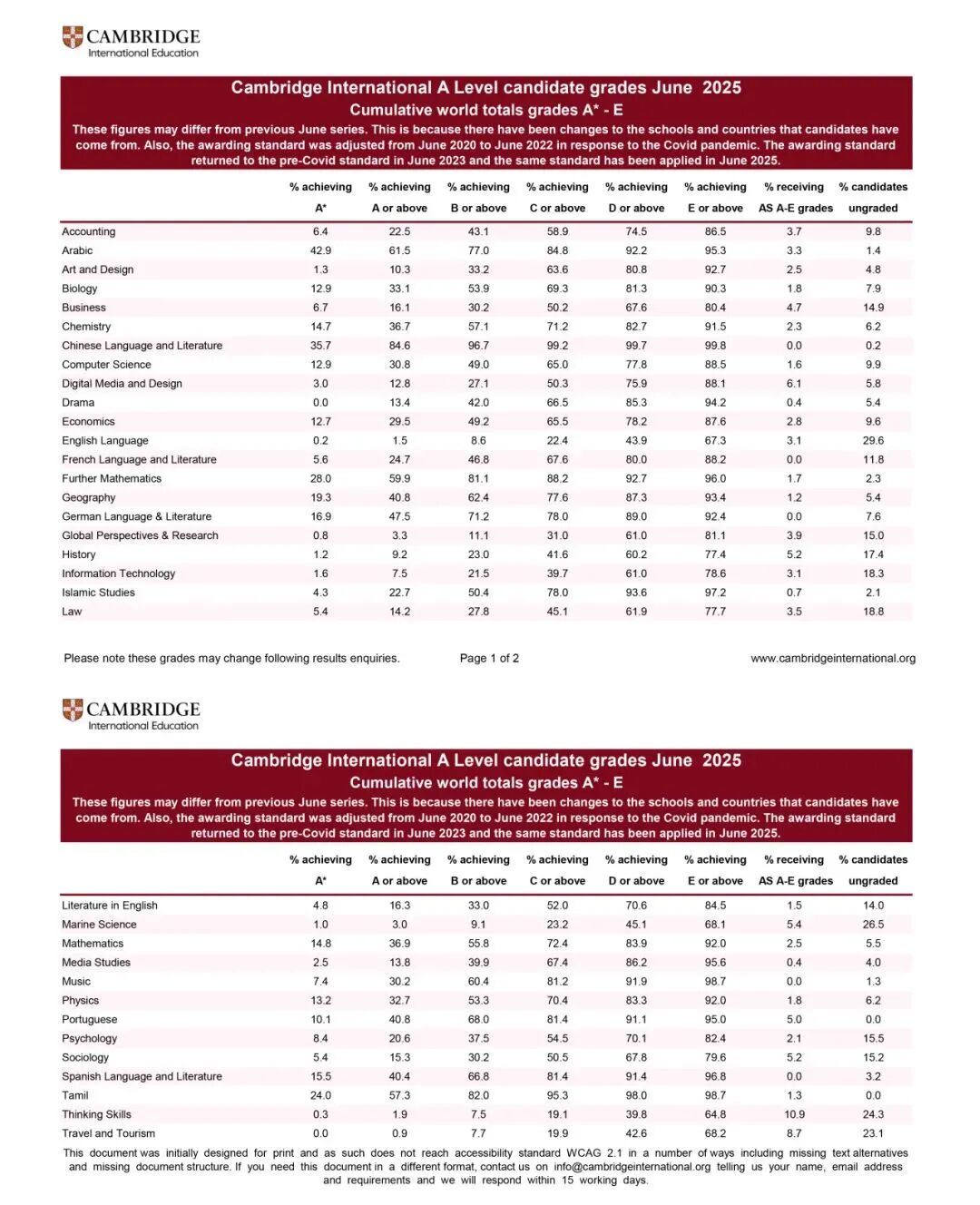今 日 考 题
Task 1: Line graph(动态线图)
Task 2:The best way to learn a culture is to learn its language. To what extent do you agree or disagree?
点评:我们雅思写作团最近刚好练习了了解文化的办法,内容和思路都可以套用。另外,这个题目包含绝对词best, 我们在审题学习阶段专门讲过注意事项。
高分范文(只是可能的答案中的一种)
A language serves as a window into culture, revealing its traditions, values, beliefs, and mindset. While acquiring a language provides valuable insights, I think it is not always the most effective or comprehensive path to understanding a culture.
On the one hand,this endeavor is essential because languages carry cultural idioms, proverbs, narratives, and social norms that reflect historical and moral values unique to a society. For instance, the phrase “a piece of cake” does not refer to literal cake but indicates that a task is exceptionally simple or straightforward. Moreover, mastering a foreign language allows learners to communicate directly with native speakers, access original texts, and engage with authentic media; thus, they can grasp context and perspectives more deeply and gain an understanding of how people think, behave, and interact in daily life.
On the other hand,learning a language is not necessarily the best or only way to explore a culture, since alternative approaches can be equally effective. Modern technology offers numerous options—documentaries, translated literature, and immersive virtual experiences, enable appreciation of cultural nuances without linguistic knowledge. Even more impactful, international travel provides firsthand exposure to daily life and social customs, which often reveals details that cannot be experienced through language study alone. For example, visiting the UK allows one to observe seasonal festivals, participate in local traditions, and enjoy traditional foods like fish and chips or afternoon tea, all of which provide tangible cultural insight.
In conclusion, although learning a language is a powerful tool for gaining cultural awareness, combining it with media, travel, and everyday experiences fosters a richer and more authentic understanding. By doing so, one can appreciate both the overt and subtle aspects of a culture.














